Cartographies of Time
A new book collecting data visualizations of time

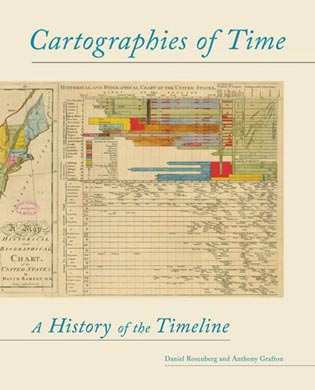
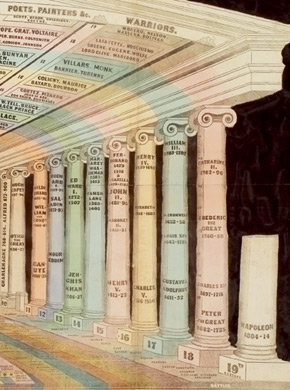
In their new book “
Cartographies of Time,” Daniel Rosenberg and Anthony Grafton dissect and track the methods people used when attempting to record the passage of time. These timelines, lists and antiquated infographics reveal particular attitudes and novel approaches to documenting history.
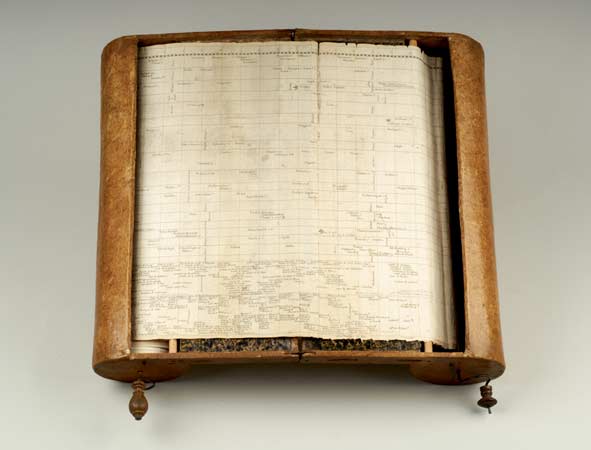
Rosenberg and Grafton organize Cartographies, naturally, in chronological order, tracing the earliest timelines from ancient Greece all the way to modern reinterpretations. Expertly showing the evolution of the form, the book’s fascinating swathe of cartographic imagery will appeal to history buffs and data visualization fans alike.
The central dilemma these historians and chronologists faced over the centuries was to decide what was important, and—the central theme of Chronologies—the myriad methods employed to illustrate and recreate those histories.
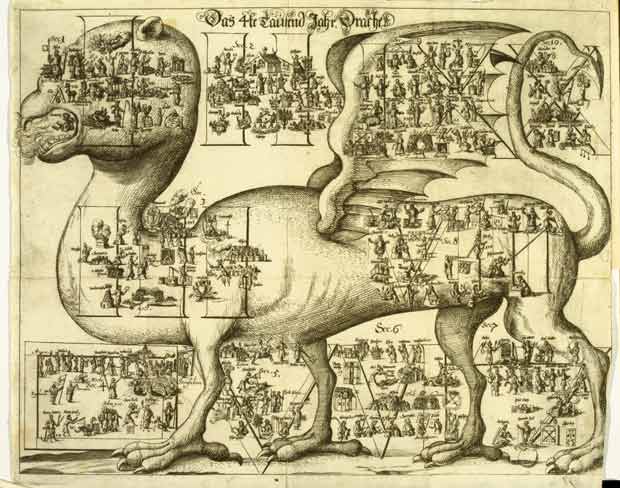
Scrolls, winding roads, columns representing centuries, trees and more visual aids are precisely recorded in Cartographies. One of the more resourceful, Johannes Buno, used animals and other inventive images to capture the spirit of a century. Relying on symbolism rather than scholastic precision to recreate a moment in time, in the process Buno helped redesign and redefine the timeline.
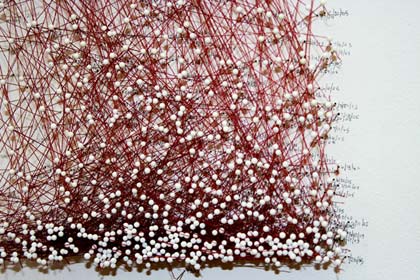
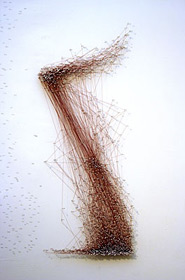
One of Buno’s inheritors, present-day artist Katie Lewis, revamped the body as a timepiece in her 2007 work “201 Days.” In it, she used pushpins to represent significant “sense events” and connected them together with red thread. The result is a precise yet jumbled representation of Lewis’ bodily experiences.
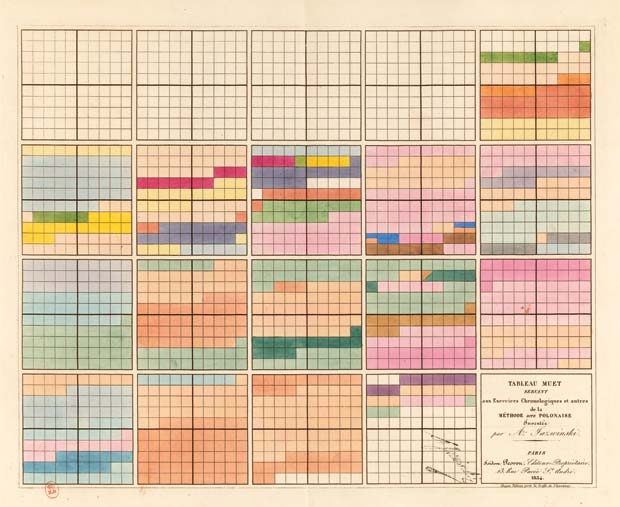
Rosenberg and Grafton look at other such ingenious methods, including crank scrolls like medieval film, rivers covered in dates and children’s games. There are also the many histories, or versions of history, they discover, like the Natural History Museum’s spatial exploration of the earth, one of the first timelines from sixth century France, and transcendentalist Elizabeth Palmer’s paint-by-numbers.
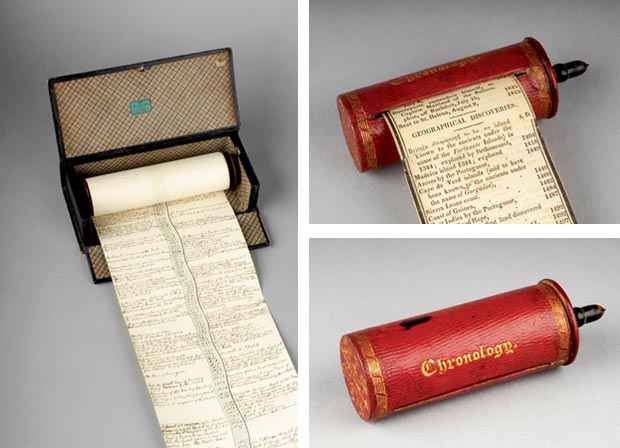
Rosenberg and Grafton joyfully unravel these jumbled histories into a clear, straight line. Pick up their book from Amazon or Chronicle.












